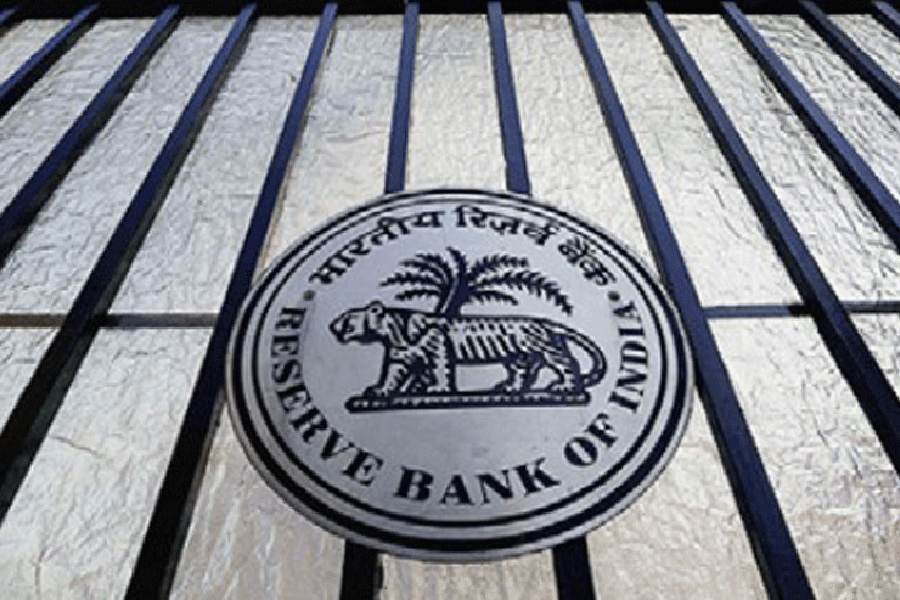India's external debt rose marginally to USD 629.1 billion at June-end 2023, although the debt-GDP ratio declined, according to a Reserve Bank data released on Thursday.
The debt rose by about USD 4.7 billion from USD 624.3 billion at March-end.
"The external debt to GDP ratio declined to 18.6 per cent at end-June 2023 from 18.8 per cent at end-March 2023," RBI said.
Valuation effect due to the appreciation of the US dollar vis-à-vis the major currencies such as yen and SDR amounted to USD 3.1 billion.
US dollar-denominated debt remained the largest component of India's external debt, with a share of 54.4 per cent at end-June 2023, followed by debt denominated in the Indian rupee (30.4 per cent), SDR (5.9 per cent), yen (5.7 per cent), and the euro (3.0 per cent).
Excluding the valuation effect, external debt would have increased by USD 7.8 billion instead of USD 4.7 billion at end-June 2023 over end-March 2023, the central bank said.
According to the data, at end-June 2023, long-term debt (with original maturity of above one year) was placed at USD 505.5 billion, recording an increase of USD 9.6 billion over its level at end of the preceding quarter.
The share of short-term debt (with original maturity of up to one year) in total external debt declined to 19.6 per cent at end-June 2023 from 20.6 per cent at end-March 2023.
RBI further said outstanding debt of the general government decreased, while non-government debt increased at end-June 2023.
The share of outstanding debt of non-financial corporations in total external debt was the highest at 39.8 per cent, followed by deposit-taking corporations (except the central bank) (26.6 per cent), general government (21.1 per cent) and other financial corporations (7.6 per cent).
Further, loans remained the largest component of external debt, with a share of 32.9 per cent, followed by currency and deposits, trade credit and advances and debt securities.
Except for the headline, this story has not been edited by The Telegraph Online staff and has been published from a syndicated feed.











